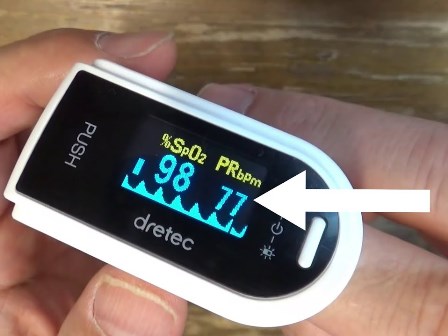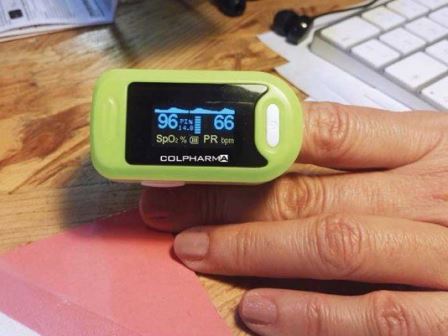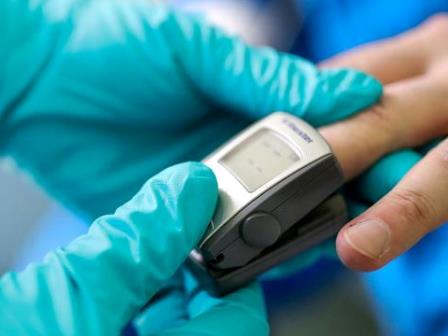How to monitor your oxygen level?
If you have breathing problems or have tested positive or are waiting for the test result, a fingertip oxygen meter is a quick and easy way to check the oxygen level in your blood.
Why is it important to monitor my oxygen levels?
Many people have the virus pandemic and do not know it because they do not have symptoms, this can cause an infection in the lungs, which can lower the oxygen level in your blood.
When your oxygen level is low, you may feel tired or have shortness of breath, but you may not feel different at all. This can be dangerous.
You should keep track of your oxygen level using a fingertip oxygen meter until you are feeling better. If your oxygen level drops, you should get medical help right away.
How do I use my fingertip oxygen meter?
Measure your oxygen level twice per day, in the morning and at night (or more often if instructed by your health care provider).
A person’s oxygen levels may be low if they feel short of breath, are breathing faster than usual, or feel too sick to do their usual daily activities, even if a pulse oximeter says their oxygen levels are normal.
People should call a doctor or another health care provider right away if they have these symptoms
Pulse Oximeter Readings Chart
This reading chart provides guidance on what oxygen level means and when and how to seek medical help.
| Oximeter Readings | Guidance |
| 90% or less | This oxygen level is very concerning and may indicate a severe medical problem. |
| 91% to 94% | This oxygen level is concerning and may indicate a medical problem. |
| 95% to 100% | This oxygen level is normal. |
SpO2 normal range by age chart
- Your oxygen meter shows two numbers. The oxygen level is labeled SpO2.
- The other number is your heart rate. For most people, a normal oxygen level is 95% or higher and a normal heart rate is generally below 100.
- Your oxygen levels and heart rate can change based on your activity, body position, and overall health. Check with your health care provider if you have questions.
| Pulse Rates by Age | Age Normal Pulse Rate |
| <28 days | 100-205 |
| 1 month – 1 year | 100-190 |
| 1 year – 2 years | 98-140 |
| 2 years – 5 years | 80-120 |
| 6 years – 11 years | 75-118 |
| 12 years – adult | 60-100 |
| Adult athlete | 40-60 |

What are the 2 readings on a pulse oximeter?
A finger pulse oximeter measures two things:
-Blood Oxygen Saturation
-Pulse Rate

Pulse oximeter Normal Reading
Blood gas measurements provide critical information regarding oxygenation, ventilation, and acid-base status.

Normal pulse rate in Oximeter
A normal resting heart rate for adults ranges from 70 to 99 beats per minute. Generally, a lower heart rate at rest implies more efficient heart function and better cardiovascular fitness.
